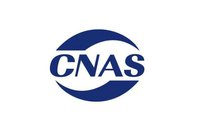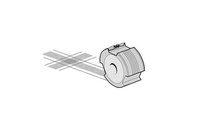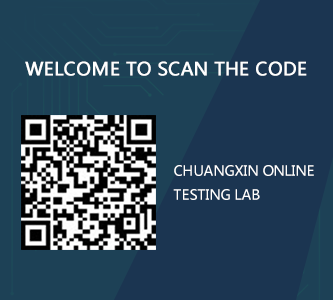Nvidia H20 Returns to the Chinese Market: Breakthroughs and Symbiosis in the Electronic Components Industry
Date:2025-08-01 13:28:52 Views:5544
Recently, the US government approved Nvidia's resumption of exporting H20 AI chips to China and allowed it to launch a new compliant GPU RTX PRO, ending a three-month export restriction. This "special edition" chip, which has returned to the Chinese market, attempts to maintain its commercial presence in the high-end AI market in China through a precise design strategy of "reducing computing power+preserving video memory bandwidth" while meeting US export control requirements. This lifting of restrictions not only alleviates the urgent pressure on domestic AI computing power supply, but also reveals the complex game of the global semiconductor industry chain at a deeper level.
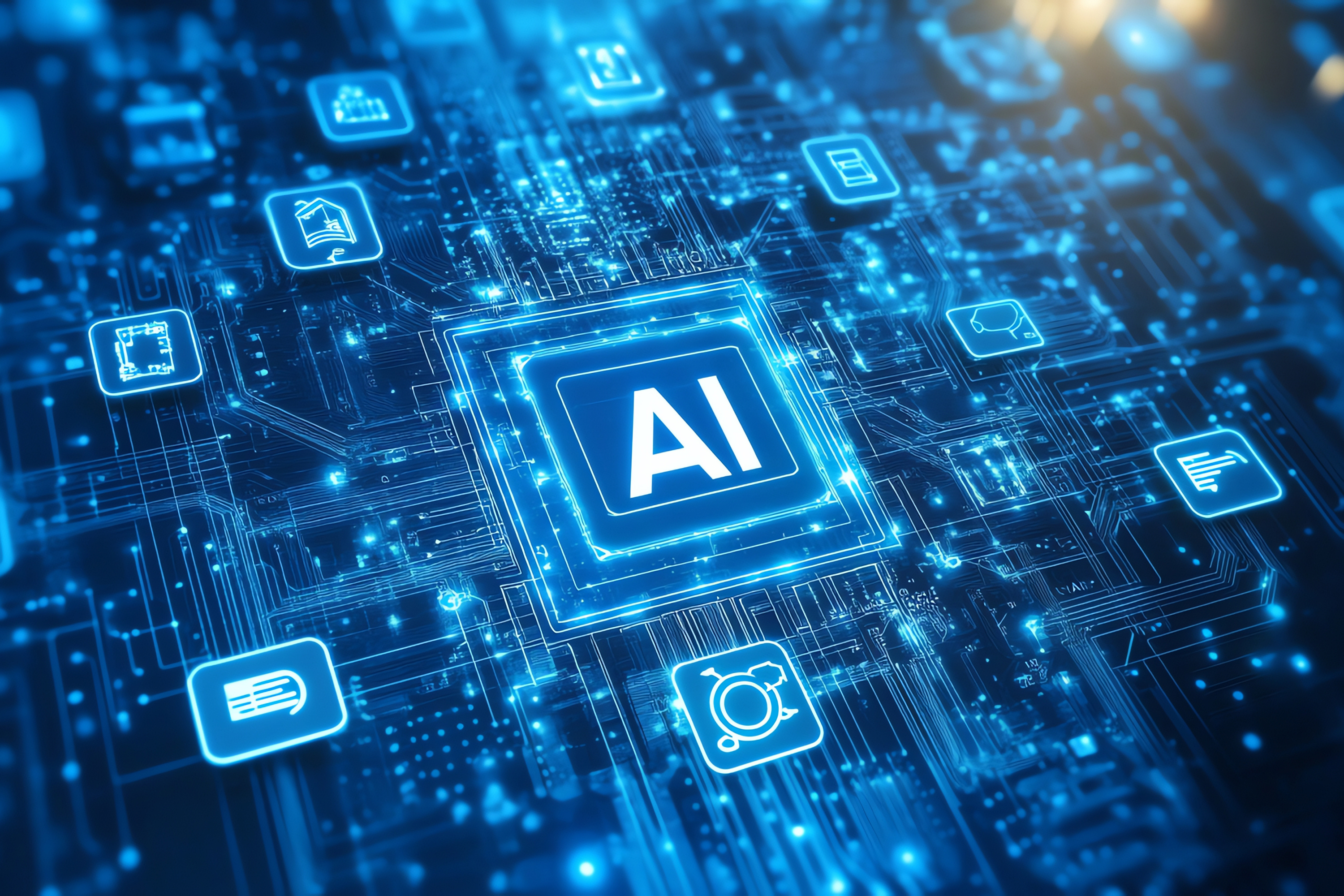
From a technical perspective, the regression of H20 provides a reference sample for domestic chips. Its NVLink 900GB/s high-speed interconnect technology allows 8-card clusters to achieve 768GB video memory pooling, meeting the full training requirements of 70B parameter models. This distributed architecture design idea is worth learning from. In contrast, although the Huawei Ascend 910B has slightly lower FP16 computing power, it has controlled the distributed training failure rate to one-fifth of H20 through heterogeneous computing architecture, demonstrating the potential for local technology optimization. However, ecological barriers remain a pain point. According to actual testing by a fintech company, migrating a model from H20 to Ascend 910B requires 30% code refactoring and an extension of 2-3 months in the migration cycle. This will force domestic frameworks to accelerate the development of CUDA code automatic conversion technology, and a certain open-source community has already achieved 90% operator automatic migration.
At the market level, the lifting of H20 restrictions quickly released the suppressed demand for computing power. Although the rental price of 8-card servers has fallen from a high level, the cost per token has still decreased by more than 30% due to the advantage of throughput, which has driven the stock prices of A-share companies such as Huaqin Technology and Yingweike in the industry chain to rise, and the order volume of data centers has rebounded. In the long run, the national computing power network layout promoted by China's "East West Computing" project is forming a synergy with the adaptation of domestic frameworks, and Ascend and Cambricon's market share in the government cloud market has reached 67%. This policy driven resonance with market selection has accelerated the process of domestic substitution.
Behind the policy game lies the difficult balance between the United States' "technological hegemony" and "commercial interests". Nvidia suffered heavy losses due to the H20 ban. Although the lifting of the ban has saved some markets, the new regulations proposed by the US Department of Commerce to include internet bandwidth in the scope of regulation still cast a shadow over the future. China has formed a full chain layout through the Yangtze River Delta industrial cluster, with production capacity accounting for 58% by 2025. At the same time, the third phase of the large fund is tilted towards GPU enterprises, with a focus on supporting EDA toolchains and advanced packaging production lines. This combination of national system and marketization is building a more resilient supply chain system.
The lifting of the ban on NVIDIA H20 provides multiple strategic insights for the electronics industry. Firstly, supply chain resilience has surpassed cost efficiency as a core consideration, and leading cloud vendors are building a "three line parallel corridor" - synchronously deploying Nvidia H20, Huawei Ascend, and self-developed AI chips to resist political risks from a single technology source. Secondly, enterprises need to be wary of the "special supply chip trap": the performance of H20 is only one sixth of H100, and excessive dependence will widen the technological gap. It is necessary to continuously invest in Chiplets, integrated storage and computing architecture innovation to open up a curved overtaking path. Finally, ecological construction is becoming the key to victory, and the sticky barriers of NVIDIA CUDA highlight the need for the domestic camp to build an open framework (such as Huawei MindSpore), expand developer training programs, and establish a compatible certification system as a three in one breakthrough solution.
The lifting of the Nvidia H20 ban event reveals a new era of competition law: in the context of rising technological nationalism and fragmented globalization, competition in the electronics industry has shifted from pure performance competition to the struggle for "technological sovereignty". Enterprises need to find a dynamic balance between open cooperation and independent controllability, while participating in the global technology cycle to maintain innovation vitality and building a local capability base to prevent supply chain risks. This complex balance will reshape the innovation path and business ecosystem of the global electronics industry in the next decade, and also provide a historical opportunity for the strategic transformation of China's electronic components industry - only by achieving breakthroughs in basic materials, core equipment, and architecture standards can we win real initiative in the power restructuring of the semiconductor industry.




 Weixin Service
Weixin Service
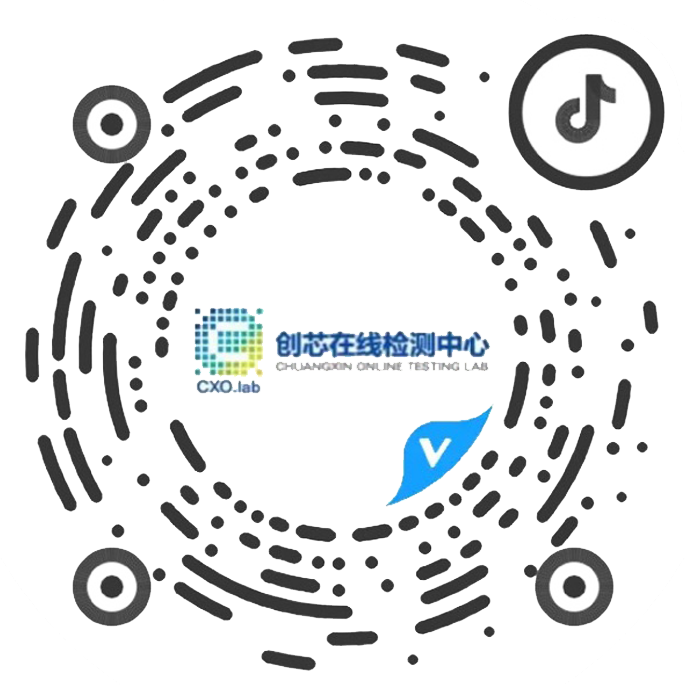
 DouYin
DouYin
 KuaiShou
KuaiShou







